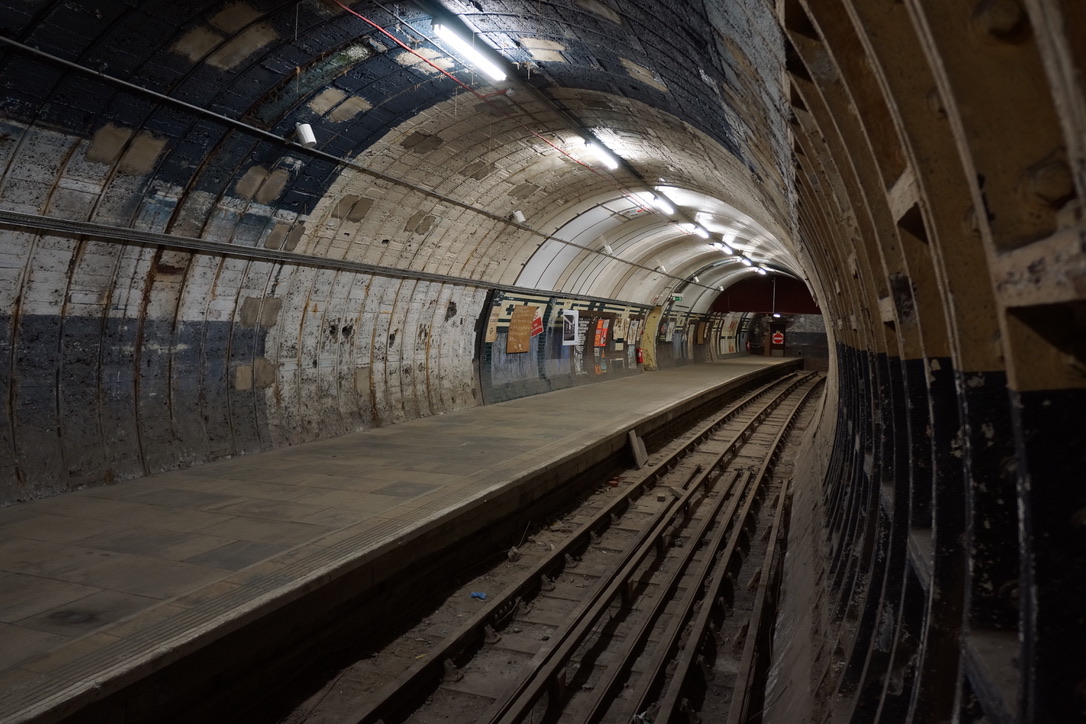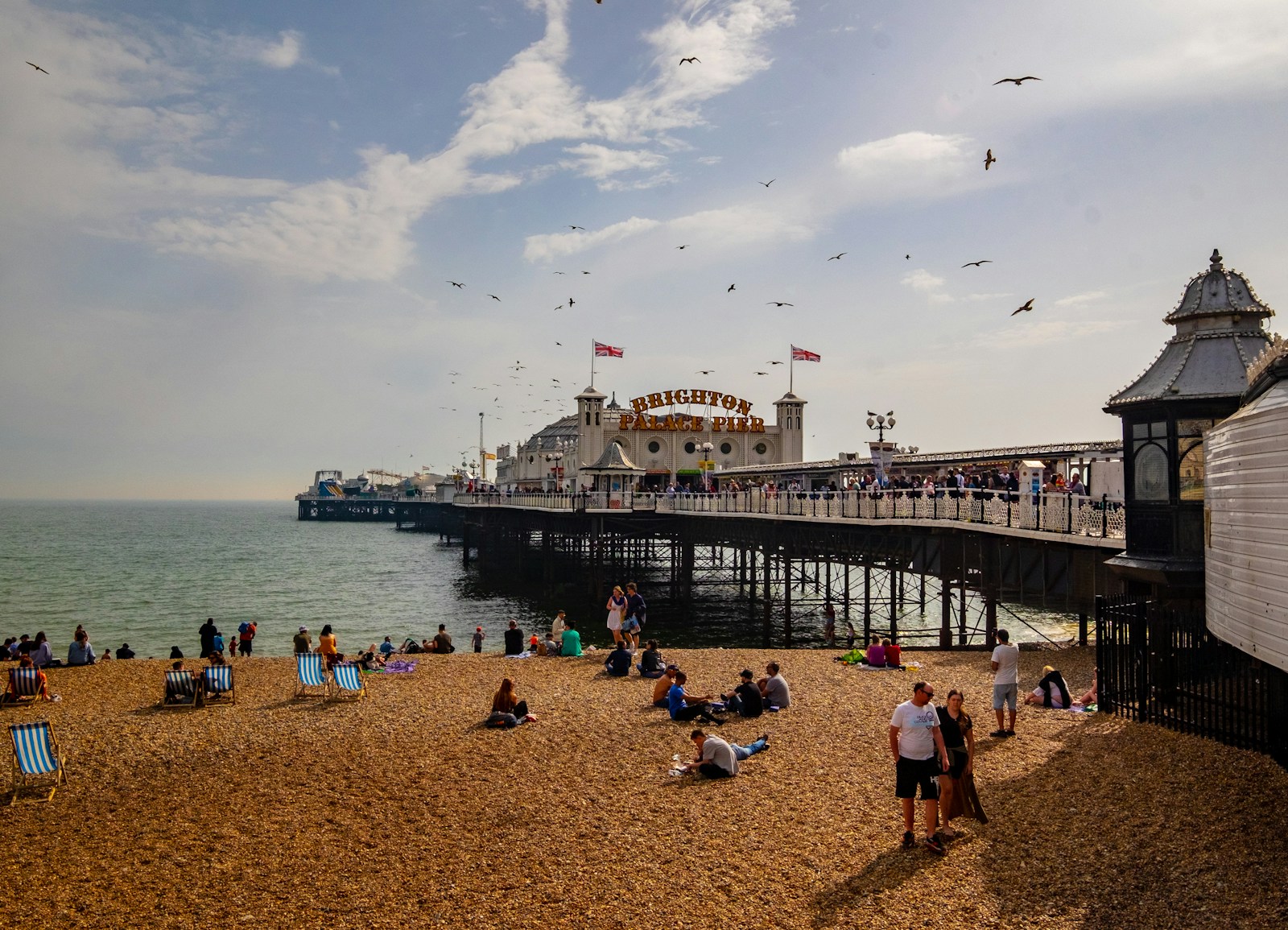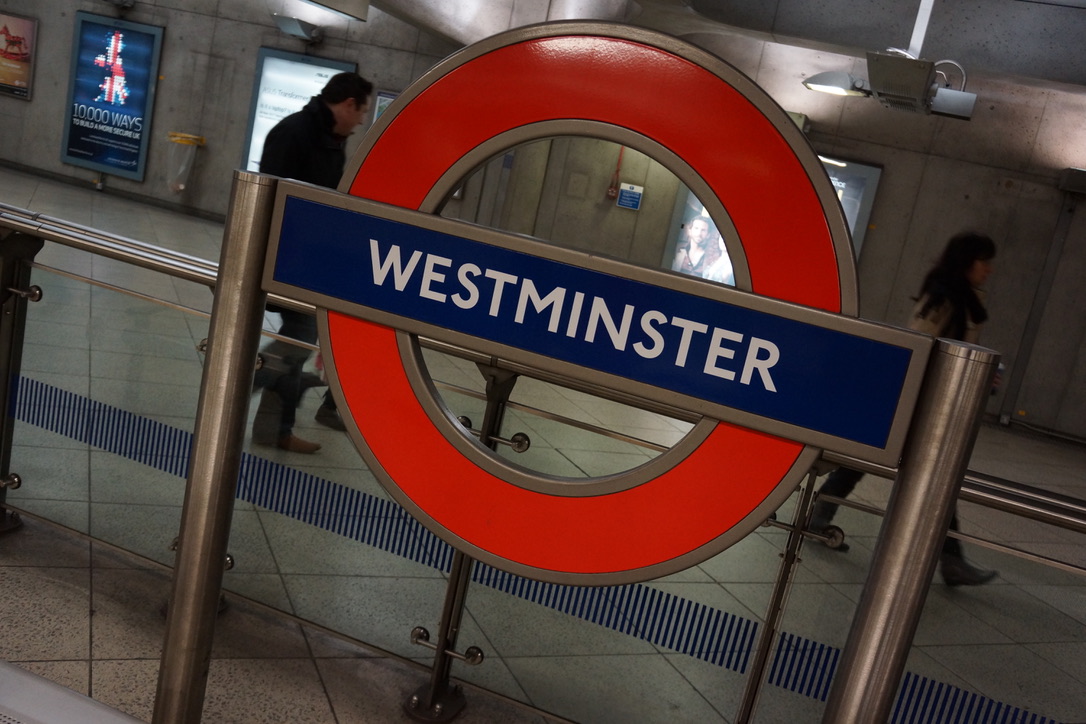Britain’s Most Beautiful Bookshops and Their Stories
There’s something magical about stepping into a bookshop. The smell of paper, the whispers of words waiting to be discovered, and the ever-so-important cozy nooks for a little reading retreat—bookshops have a way of capturing our hearts. In Britain, where literature has flourished for centuries, some bookstores not only sell books but also tell enchanting stories of their own. Join me on a literary adventure as we explore some of the most beautiful bookshops across the UK, each with its own unique charm and history.
1. Daunt Books, London
Nestled in the heart of London, Daunt Books is a bookshop that’s as much about aesthetics as it is about literature. Established in 1912, this Edwardian shop is renowned for its oak galleries and skylights that flood the space with natural light. The store specializes in travel books, but you’ll find a diverse range of genres crammed into its charming wooden shelves.
What makes Daunt truly special is its arrangement of books by country rather than genre, inviting readers to explore the world through literature. Imagine browsing a section dedicated to Italy, where you might find a guidebook alongside a novel set in the picturesque Tuscan hills. The beauty of Daunt Books isn’t just in its design; it’s in the curated experience of discovering new stories that transport you to different cultures.
2. The Lanes, Brighton
Brighton, known for its vibrant seaside atmosphere, is home to The Lanes, an antique and quirky bookshop that feels like stepping into a different era. The labyrinthine streets of Brighton are lined with eccentric boutiques, and this bookstore, with its rickety wooden stairs and mismatched decor, captures that spirit perfectly.
The Lanes boasts an impressive collection of second-hand books, vintage tomes, and rare finds. The shop’s charm lies not only in its books but also in the way it invites exploration. Each corner holds a surprise—a hidden gem waiting to be uncovered, whether it’s an old edition of a classic or a beautifully illustrated children’s book. The staff, passionate book lovers themselves, are always on hand to help you navigate through the shelves, share stories, or recommend their favorite reads.
3. Blackwell’s, Oxford
Just a stone’s throw from the historic University of Oxford, Blackwell’s is a bookshop that has become a landmark in its own right. Established in 1879, Blackwell’s boasts a magnificent Norrington Room, a vast subterranean space that houses over 150,000 books. It’s a bookworm’s paradise, with rows upon rows of bookshelves that seem to stretch into infinity.
What sets Blackwell’s apart is its commitment to academia and the arts. The shop hosts numerous events, including author readings, book launches, and discussions that encourage literary engagement. While browsing, you might just stumble upon a famous author signing copies of their latest work. The atmosphere is electric, filled with the energy of students and scholars immersed in their literary pursuits. If you find yourself in Oxford, Blackwell’s is a must-visit to soak in the intellectual history and the sheer beauty of this book haven.
4. The Book Hive, Norwich
Tucked away in the charming city of Norwich, The Book Hive isn’t just any bookshop; it’s a community hub celebrating the love of reading. The shop’s bright yellow exterior welcomes visitors, while the interior is a cozy blend of modern and vintage aesthetics. Local artwork adorns the walls, and the friendly staff, who are all avid readers, create a warm and inviting atmosphere.
What makes The Book Hive unique is its dedication to supporting local authors and artists. The shop features a carefully curated selection of books, alongside works from local writers and handmade gifts that embody the spirit of Norwich. The Book Hive frequently hosts events, such as book clubs, poetry readings, and children’s storytelling sessions, making it a lively spot for book lovers of all ages. With a cup of coffee in hand and a book in the other, you’ll quickly lose track of time in this delightful shop.
5. Word on the Water, London
Imagine a floating bookshop on a barge—the concept alone is intriguing! Word on the Water in London takes this idea to new heights. This whimsical bookshop, moored on the Regent’s Canal, is not only a unique retail experience but also an embodiment of creativity and community.
Operating since 2011, the barge is a haven for both new and second-hand books, with a lovely selection of literature across genres. The atmosphere on the barge is unlike any traditional bookshop; you can sit back on one of the cozy benches, enjoy a cup of tea, and revel in the tranquil views of the canal. Word on the Water also hosts literary events, open mic nights, and live music, making it a vibrant focal point for the local community. The experience of browsing books while gently bobbing on the water is something you won’t soon forget.
6. Topping & Company Booksellers, Bath
A quaint and charming bookshop located in Bath, Topping & Company is an exquisite blend of old-world charm and modern magic. With its wooden beams and plush seating areas, the shop exudes coziness and warmth. Established in 2002, Topping & Company is known for its impressive selection of books and its commitment to providing a personal touch.
What truly sets this bookshop apart is its unique events. Topping & Company regularly hosts author events and book signings, allowing readers to engage directly with their favorite writers. If you’re lucky, you might find yourself sipping on complimentary tea or coffee while attending an intimate discussion. The atmosphere is always buzzing with literary energy, and the staff, who are incredibly knowledgeable, are passionate about helping you find your next great read.
7. Barter Books, Alnwick
Located in a former Victorian railway station in Northumberland, Barter Books is a treasure trove for book lovers. This charming bookshop is not just about selling books; it’s about fostering a community of readers. The unique concept of Barter Books allows customers to trade in their old books for credit, making it a sustainable and eco-friendly option for bookworms.
As you wander through its aisles, you’ll discover an eclectic mix of new, used, and rare books. The atmosphere is relaxed, with cozy seating areas inviting you to settle down with a cup of tea. The shop is filled with nooks and crannies, including a roaring fireplace in the winter, making it an ideal retreat. Barter Books also has a delightful café that serves homemade treats, adding to the overall charm of this enchanting bookshop.
Conclusion
Bookshops are more than just places to buy books; they are sanctuaries for creativity, connection, and community. From the historic halls of Blackwell’s in Oxford to the floating charm of Word on the Water in London, each of these bookstores tells its own story while inviting readers to create new ones.
In a world increasingly dominated by digital distractions, these beautiful bookshops in Britain remind us of the importance of slowing down, savoring the written word, and connecting with the stories that shape our lives. So, whether you’re a local or a visitor, make it a point to step into one of these delightful bookstores and lose yourself in the pages of a book. Your next great adventure awaits within those walls, where the stories are as rich as the histories of the shops themselves. Happy reading!



